Synopsis
Schools science programme where topics in the double science curriculum are broken down into small chunks.
- Programme: Curriculum Bites
- Series: KS4
- Episode: Double Science: 1
- Channel: CBBC
- Broadcast year: 2003
- Science
Licence: ERA Licence required
UK only
Staff and students of licensed education establishments only
Cannot be adapted
Add Notes
More clips from Curriculum Bites
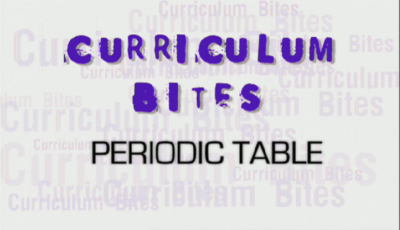
Arrangement of the Periodic Table | Curriculum Bites
Arrangement of the Periodic Table | Curriculum Bites
Spec references J248: C2.2a, C2.2b, C2.2c J250: C2.2a, C2.2b, C2.2c. This video explains the arrangement of the periodic...
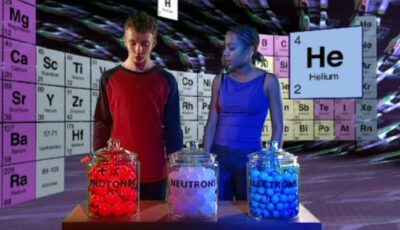
Atomic Structure - Building an Atom | Curriculum Bites
Atomic Structure - Building an Atom | Curriculum Bites
Spec references J248: C1.2b, C1.2d, C1.2e J250: C1.2b, C1.2d, C1.2e. How can an atom be completely described by the in...
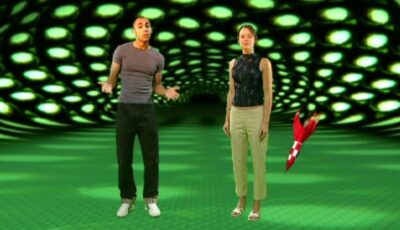
Balanced and unbalanced forces | Curriculum Bites
Balanced and unbalanced forces | Curriculum Bites
Spec references J249: P2.2b J250: P2.2b. Addresses misconception that objects with a force acting on them must move. Refram...
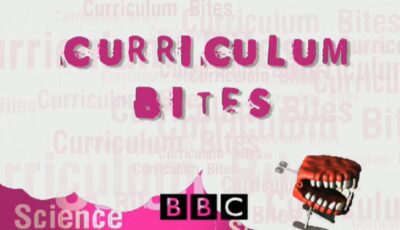
Breathing | Curriculum Bites
Breathing | Curriculum Bites
Schools science programme where topics in the double science curriculum are broken down into small chunks.

Chromosomes | Curriculum Bites
Chromosomes | Curriculum Bites
Schools science programme where topics in the double science curriculum are broken down into small chunks.

Circuits | Curriculum Bites
Circuits | Curriculum Bites
Schools science programme where topics in the double science curriculum are broken down into small chunks.
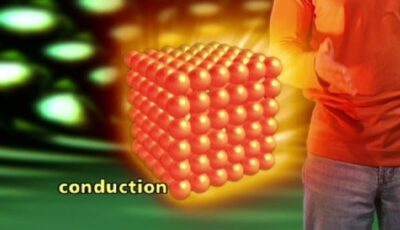
Conduction, convection and radiation and insulation. | Curriculum Bites
Conduction, convection and radiation and insulation. | Curriculum Bites
Spec references J249: P5.2a, P5.2f J250: P5.2a, P5.2f. Conduction, convection and radiation, and ho...
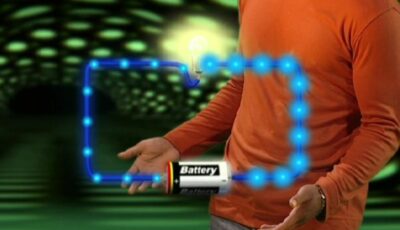
Current in series and parallel circuits | Curriculum Bites
Current in series and parallel circuits | Curriculum Bites
Spec references J249: P3.2a, P3.1f J250: P3.2a, P3.1e . Animated explanation of a current in series and parallel c...
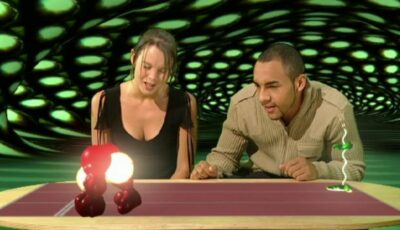
Descriptive treatment of the relative speeds of alpha, beta and gamma | Curriculum Bites
Descriptive treatment of the relative speeds of alpha, beta and gamma | Curriculum Bites
Spec references J249: P6.1l J250: P4.3l. Animation and description of relative speed...
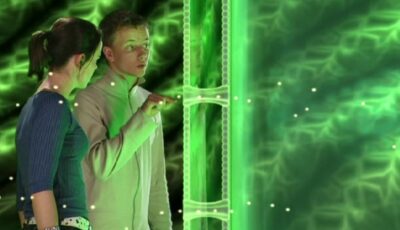
Diffusion | Curriculum Bites
Diffusion | Curriculum Bites
Spec references J247: B2.1a J250: B2.1a. Definition of diffusion and what substances go into the cell.
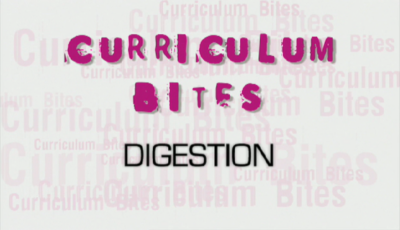
Digestion | Curriculum Bites
Digestion | Curriculum Bites
Schools science programme where topics in the double science curriculum are broken down into small chunks.
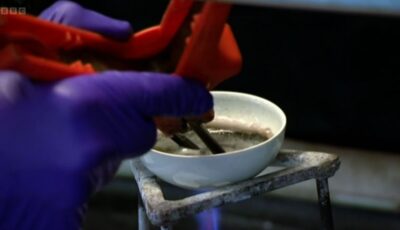
Electrolysis - Discovery of Potassium | Curriculum Bites
Electrolysis - Discovery of Potassium | Curriculum Bites
Spec references J248: C3.4b J250: C3.4b. Professor Jim Al-Khalili recreates the electrolysis experiment that lead to...

Elements | Curriculum Bites
Elements | Curriculum Bites
Schools science programme where topics in the double science curriculum are broken down into small chunks.

Energy | Curriculum Bites
Energy | Curriculum Bites
Schools science programme where topics in the double science curriculum are broken down into small chunks.

Forces & Motion | Curriculum Bites
Forces & Motion | Curriculum Bites
Schools science programme where topics in the double science curriculum are broken down into small chunks.
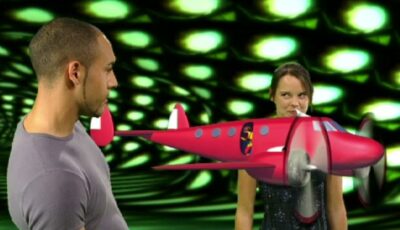
Forces on a sky diver and terminal velocity | Curriculum Bites
Forces on a sky diver and terminal velocity | Curriculum Bites
Spec references J249: P2.2f J250: P2.2f. Speed time graph for a parachutist and terminal velocity (no parachu...
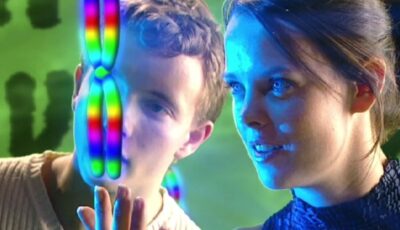
Inheritance | Curriculum Bites
Inheritance | Curriculum Bites
Spec references J247: B5.1h, B5.1i J250: B5.1f, B5.1g. Chromosomes come in pairs except for in sperm and egg cells and why, chromosomes have g...
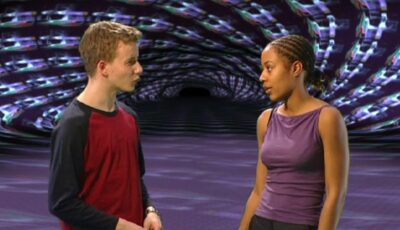
Introduction to Atoms | Curriculum Bites
Introduction to Atoms | Curriculum Bites
Spec references J248: C1.1a J250: C1.1a. This video provides an introduction to the concept that all materials are composed of atoms...

Mass & Atomic Structure | Curriculum Bites
Mass & Atomic Structure | Curriculum Bites
Schools science programme where topics in the double science curriculum are broken down into small chunks.

Nuclear radiation - what are alpha, beta and gamma radiation? | Curriculum Bites
Nuclear radiation - what are alpha, beta and gamma radiation? | Curriculum Bites
Spec references J249: P6.1d J250: P4.3d. Animation and explanation of alpha, beta and gamma ...
More resources about Cell Biology

The establishment of Germ Theory | The Cell
The establishment of Germ Theory | The Cell
This clip explores the revolutionary discovery that diseases are caused by microscopic organisms rather than spontaneous generati...
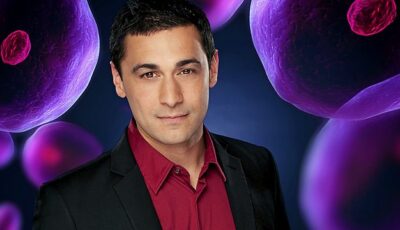
2: The Chemistry of Life | The Cell
2: The Chemistry of Life | The Cell
Adam Rutherford explores how scientists delved deeper into the world of the cell, seeking to reveal the magic ingredient that can bring c...
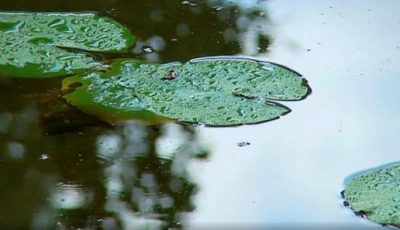
All life needs water | Bitesize Science
All life needs water | Bitesize Science
Osmosis is a special type of diffusion, involving water, where molecules move from a high to a low concentration.
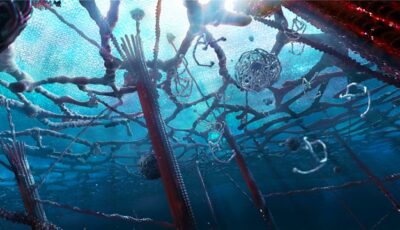
Secret Universe: The Hidden Life Of The Cell
Secret Universe: The Hidden Life Of The Cell
This film reveals the exquisite machinery of the human cell system from within the inner world of the cell itself - from the fre...
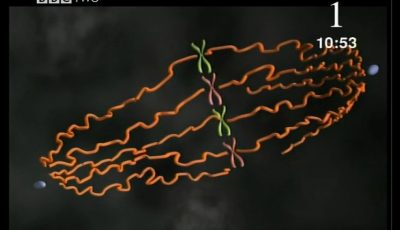
The process of mitosis | Short Circuit
The process of mitosis | Short Circuit
The process of mitosis, seen through a microscope, and then illustrated and explained with a computer simulation.
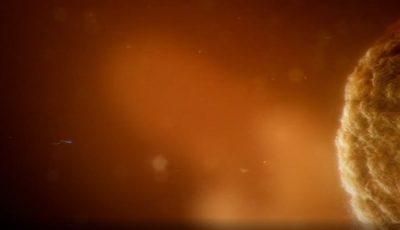
When a sperm cell meets an egg cell | Inside the Human Body
When a sperm cell meets an egg cell | Inside the Human Body
Using state-of-the-art graphics, Michael Mosley shows what happens in the moments a sperm cell meets an egg cell.
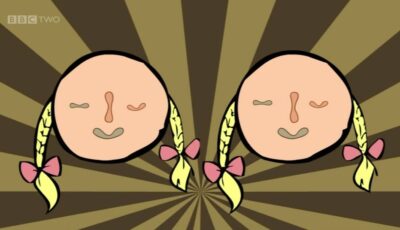
Mitosis, meiosis and reproduction | GCSE Bitesize Revision
Mitosis, meiosis and reproduction | GCSE Bitesize Revision
Spec references J247: B2.1b, B5.1f, B5.1h J250: B2.1b, B5.1f. Different steps of mitosis, asexual reproduction, di...

01: Creation | How to Build a Human
01: Creation | How to Build a Human
Scientists are now at the pivotal moment of being able to unlock the instructions hidden in the cells of humans.
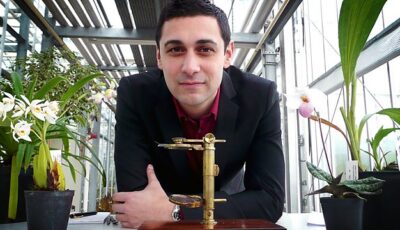
1: The Hidden Kingdom | The Cell
1: The Hidden Kingdom | The Cell
Adam Rutherford tells the story of the biological cell. He explores how centuries of scientific and religious dogma were overturned by the d...
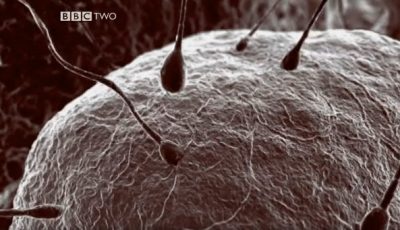
Cell division | i-Science
Cell division | i-Science
What is the role of mitosis and meiosis in the human body?
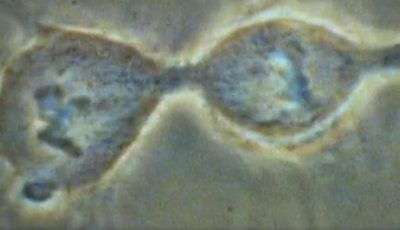
Dance of the chromosomes | Bitesize Science
Dance of the chromosomes | Bitesize Science
Mitosis is a type of cell replication that is essential to the human body's ability to grow and repair.
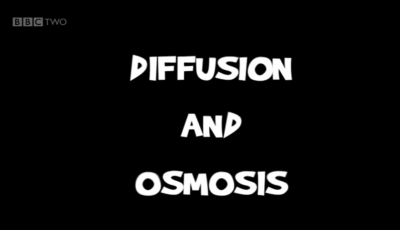
Diffusion and Osmosis | GCSE Bitesize Revision
Diffusion and Osmosis | GCSE Bitesize Revision
Spec references J247: 2.1a J250: 2.1a. Animated shorts to support students preparing for assessments in GCSE Additional Science.
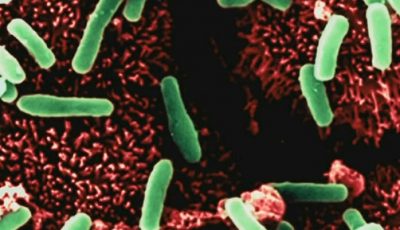
Growing bacteria | Bitesize Science
Growing bacteria | Bitesize Science
Bacteria reproduce by cloning themselves, and in the right conditions can reproduce very quickly.

Off The Scale | Richard Hammond's Invisible Worlds
Off The Scale | Richard Hammond's Invisible Worlds
The human eye can see extraordinary detail, but the eye of a needle held at arm's length is pretty much at the limit of ou...
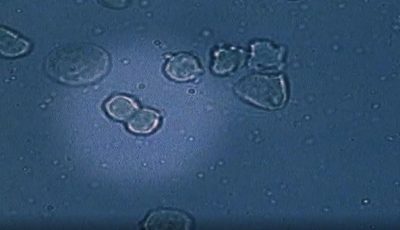
The Discovery of Cell Division | The Cell
The Discovery of Cell Division | The Cell
How little-known scientist Robert Remak came to observe and describe the process of cell division for the first time.
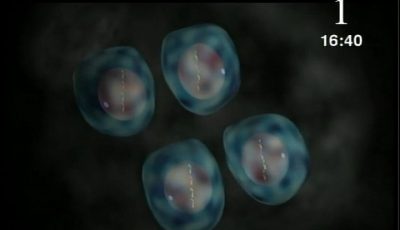
The process of meiosis | Short Circuit
The process of meiosis | Short Circuit
The process of meiosis in sperm and egg cells is explained and illustrated.

What is a cell? | AS Guru
What is a cell? | AS Guru
Programme for AS level students, comprising archive clips and interviews.

03: The Secret of Sex | How to Build a Human
03: The Secret of Sex | How to Build a Human
The precise mechanics of human sexual reproduction are revealed,using new technology to produce previously unseen images.

3: The Spark of Life | The Cell
3: The Spark of Life | The Cell
Adam Rutherford reveals how scientists are close to repeating what has happened only once in four billion years - the creation of a new life ...
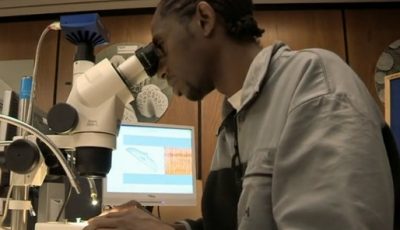
Beneath the surface | Bitesize Science
Beneath the surface | Bitesize Science
Microscopes continue to develop over time, giving us access to increasingly incredible magnification.
